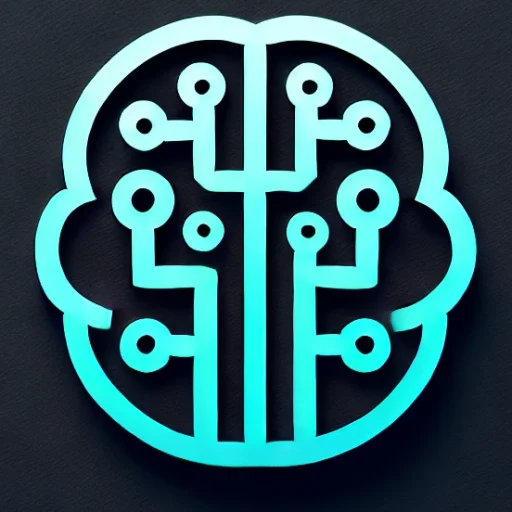
Introduction
In the dynamic landscape of artificial intelligence, one topic stands out as particularly transformative: Generative AI. This groundbreaking technology is reshaping how we approach creativity and innovation across various sectors. From art and design to software development and content creation, generative AI is unlocking new possibilities and challenging traditional paradigms. As we dive into the world of generative AI, we will explore its latest advancements, real-world applications, challenges, and future potential.
Key Insights & Latest Advancements
Generative AI refers to algorithms that can generate content—ranging from text and images to music and beyond—by learning patterns from existing data. One of the most significant advancements in this domain is the development of large language models like OpenAI’s GPT-4 and Google’s Bard, which are capable of producing human-like text and complex problem-solving tasks. Recently, we’ve witnessed the creation of powerful image synthesis models such as DALL-E and Stable Diffusion, which can generate highly detailed and imaginative artworks from textual descriptions.
Moreover, advancements in generative adversarial networks (GANs) have revolutionized the creation of hyper-realistic images and videos. These innovations are not only enhancing creative tools but are also driving new ways of interacting with technology, leading to personalized user experiences and novel design methodologies.
Real-World Applications
Generative AI’s impact spans multiple industries:
-
Art and Design: Artists and designers are using generative AI to push the boundaries of creativity, producing artworks that were previously unimaginable. Platforms like Artbreeder and RunwayML allow artists to collaborate with AI in generating unique compositions.
-
Content Creation: In media and entertainment, generative AI is streamlining content generation, from scriptwriting to video production, thereby increasing efficiency and reducing costs.
-
Healthcare: AI models are being utilized to generate synthetic medical data used for research and training without compromising patient privacy.
-
Software Development: Tools such as GitHub Copilot leverage generative AI to assist developers by auto-completing code, thereby expediting the software development process.
Challenges & Future Outlook
Despite its transformative potential, generative AI faces several challenges. Ethical concerns about misinformation and deepfakes remain at the forefront, as AI-generated content can be used maliciously. Moreover, issues surrounding intellectual property rights and ownership of AI-generated content pose legal challenges.
Technologically, while generative models are improving, they still depend heavily on large datasets and computational resources, which can limit accessibility. The continued evolution of AI governance policies and the development of more efficient, scalable models are crucial to addressing these challenges.
Looking forward, the future of generative AI promises to be of deep integration into everyday technology, enhancing human creativity while posing important questions about the nature of creativity itself. As these models become even more sophisticated, they are likely to spur innovations in interactive AI systems capable of real-time collaboration with humans.
Conclusion
Generative AI is undoubtedly a driving force in today’s AI landscape, reshaping industries and redefining creativity. The advancements it presents, coupled with its broad range of applications, make it an essential area of focus for developers, businesses, and policymakers alike. While challenges persist, the potential for innovation and transformation is immense, promising a future where human creativity is amplified by the power of intelligent machines.
Generative AI will continue to inspire, challenge, and redefine the boundaries of what is possible, ushering in a new era of technological and artistic collaboration.

